Teal Lake Shiraz (2019)
10,000 Birds
SEPTEMBER 10, 2021
Forget lions, tigers, and bears – if Internet listicles are to be believed, all of Oz is full of crocodiles, sharks, jellyfish, snakes, spiders – even magpies – that are dead set on killing, maiming, or injuring any humans they encounter. Suffice to say, their 2019 Teal Lake Shiraz is a far cry from your bubbe’s Manischewitz.

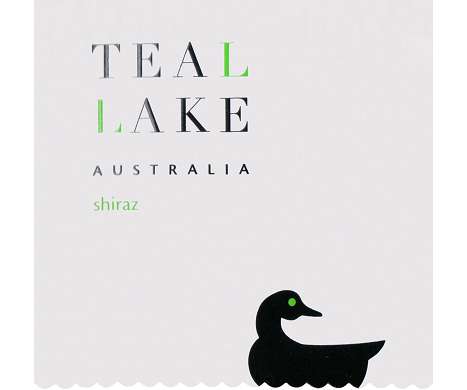

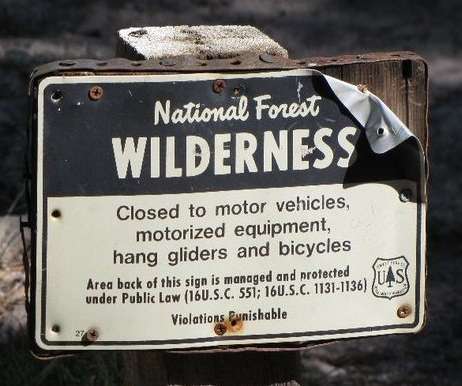
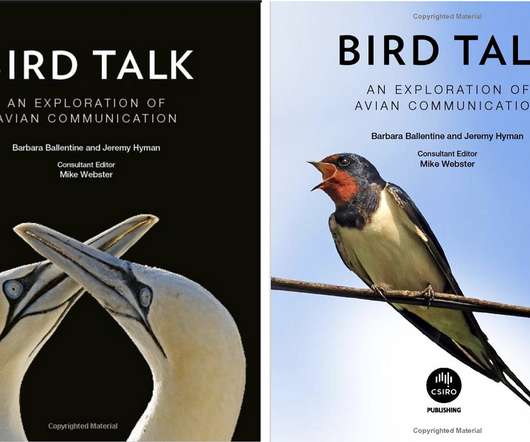
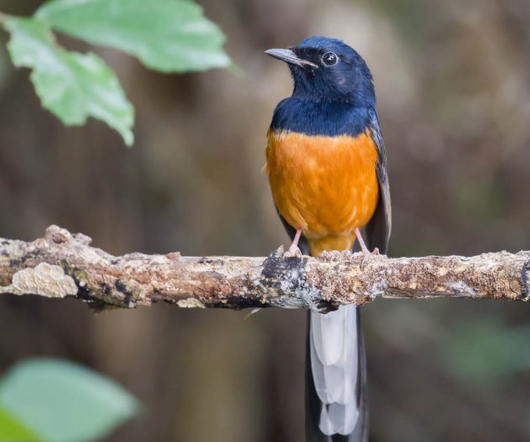
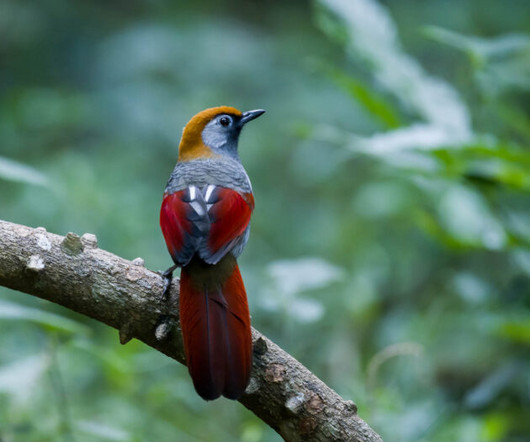

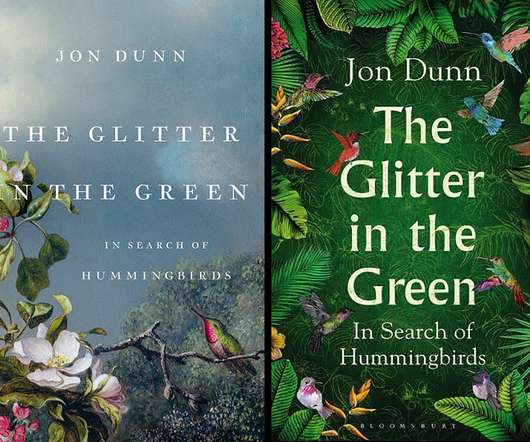
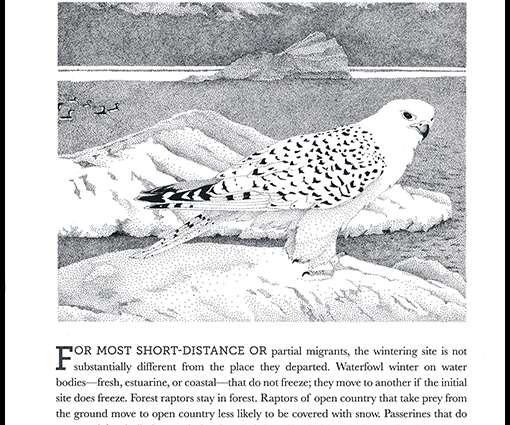
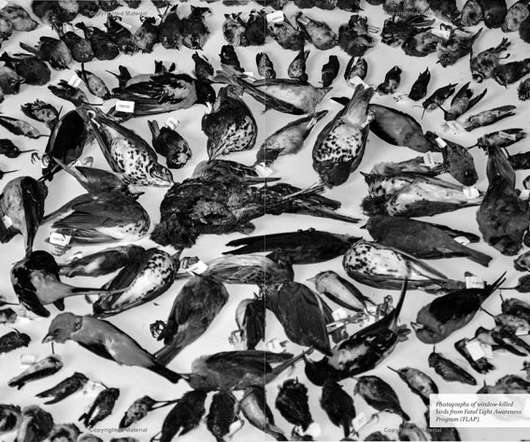
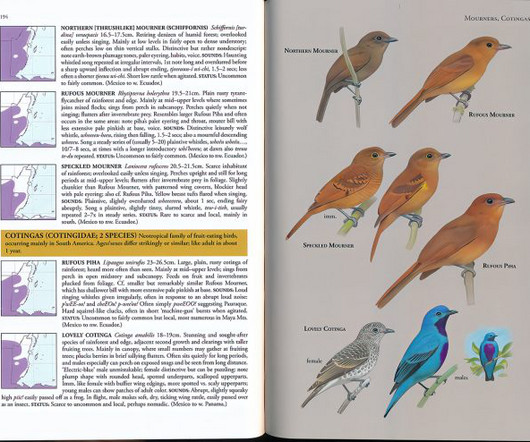








Let's personalize your content